6. The Little Prince (2015)
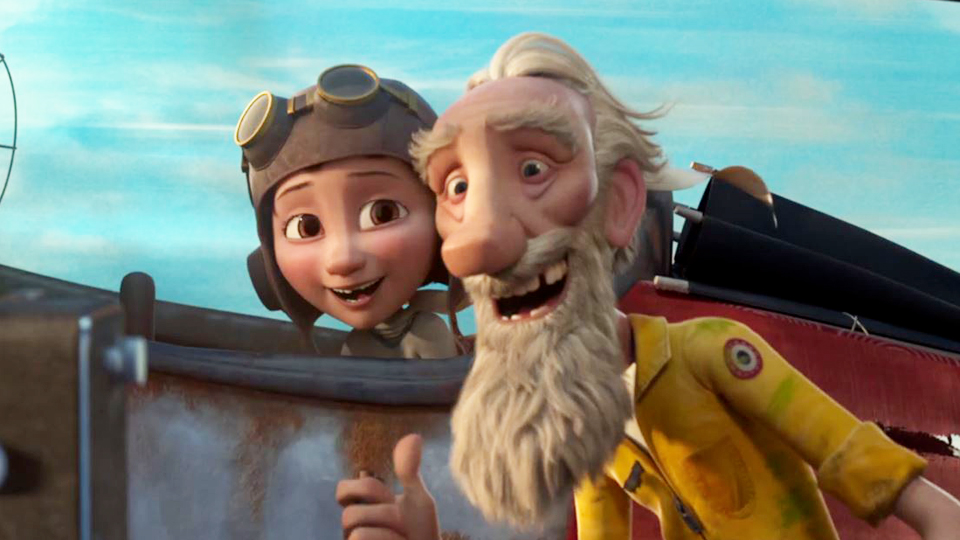
Antoine de Saint-Exupery’s elusive classic The Little Prince gets a unique reawakening in this 2015 animation directed by Mark Osborne. The quiet sense of philosophical contemplation and otherworldliness that permeates the original novella is made anew through mesmerising sequences of handcrafted stop-motion animations.
Unlike the novel, the film opens with a little girl who is under pressure by her mother to be accepted into an elite private school. When the girl befriends their neighbour, who is known as the Aviator, she becomes increasingly entranced by the otherworldly stories he tells her about his memories of the little Prince. The film beautifully creates an irresistible spirit of adventure made possible by the character’s willingness to imagine and dream.
The underlying philosophical messages that define Saint-Exupery’s novel are recontextualised to the contemporary landscape in this film, considering the implications of consumerism, greed, and anti-imagination on the human psyche, and specifically the child’s psyche, in an increasingly industrialised world.
Osborne’s adaptation of The Little Prince is a poignant reimagining of a timeless masterpiece, emphasising the importance of human connection and kindness. Fans of The Little Prince should certainly give this adaptation a try.
7. The Red Turtle (2016)
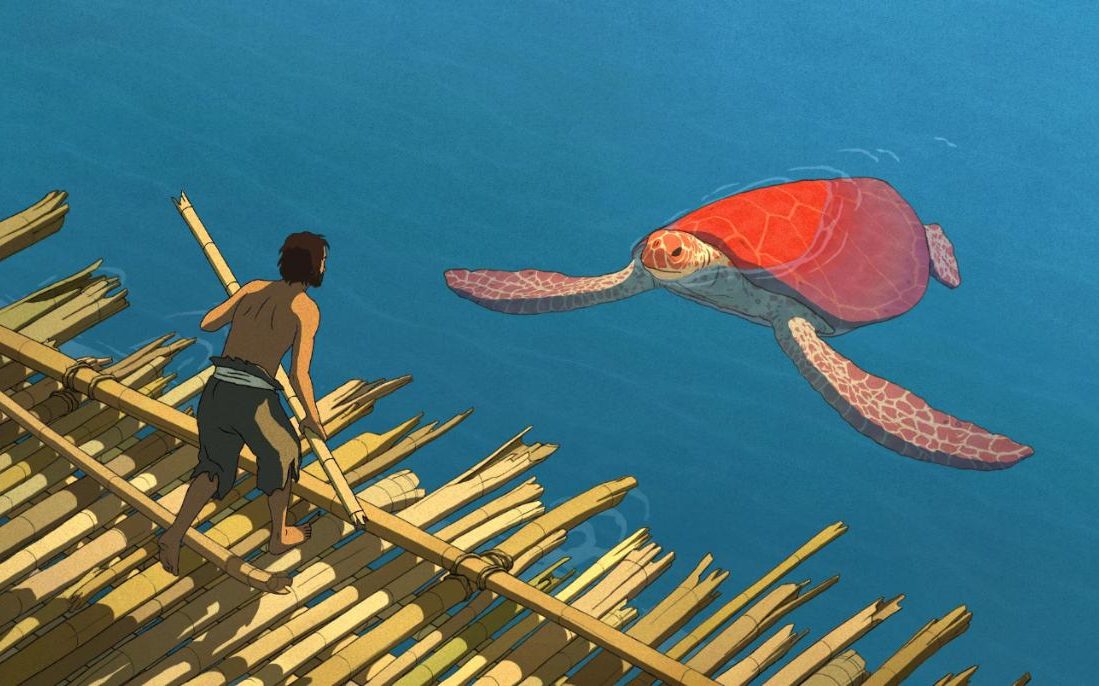
The Japanese-French-Belgian co-production animation The Red Turtle, reinvigorates the meaning and depth of the visual image through its wordlessness and silences. Under the supervision of Studio Ghibli, The Red Turtle signals a departure from the acclaimed studio’s traditional animation style and techniques, boasting a renewed minimalist aesthetic.
Marooned on a tropical island, a nameless castaway desperately tries to escape by building raft after raft, each of which is rapidly destroyed by a characteristically passive creature: a large red turtle that looms along the island’s edge.
When the turtle climbs to shore, the castaway witnesses a miraculous sight: the turtle’s shell falls away to reveal a red-haired woman lying curled underneath. Through the relationship that forms between the castaway and the mysterious woman, the entire cycle of life, from birth, death, to rebirth is explored with eloquent clarity.
A poignant magic realist fable, The Red Turtle succeeds in its silence and subtle gesturing, taking up the techniques that defined the Golden age of silent cinema to prove that words speak no louder than our actions.
8. Loving Vincent (2017)
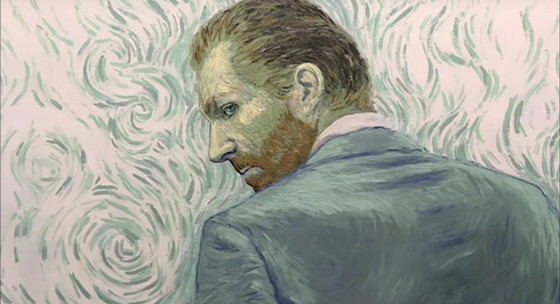
From directors Dorota Kobiela and Hugh Welchman comes a moving reimagining of the last days of Van Gogh’s turbulent life, through the visual framework of his own art. The film’s playful use of the tropes and techniques of Van Gogh’s acclaimed paintings are brought to life to create a captivating account of the artist’s personal ideals and conflicts.
Requiring a total of seven years and 125 classically trained painters to recreate Van Gogh’s distinct style, Loving Vincent presents a visually impressive sequence of familiar scenes from the artist’s own paintings, that swirl and circle across the screen with the characterising sweep of the artist’s brush strokes.
The movie develops as an exploration of the life and eventual suicide of the artist through the eyes of those who knew him. The movie’s concern with varying perspective seeks to repaint the portrait of who Van Gogh really was, and how the world can understand his death, by examining the smaller, overlooked details of the artist’s life.
Audiences are given the opportunity to understand how Van Gogh may have perceived and understood his world through the most important aspect of it, his art. Loving Vincent is a uniquely loyal and touching biopic of the beloved artist’s life.
9. Marona’s Fantastic Tale (2019)
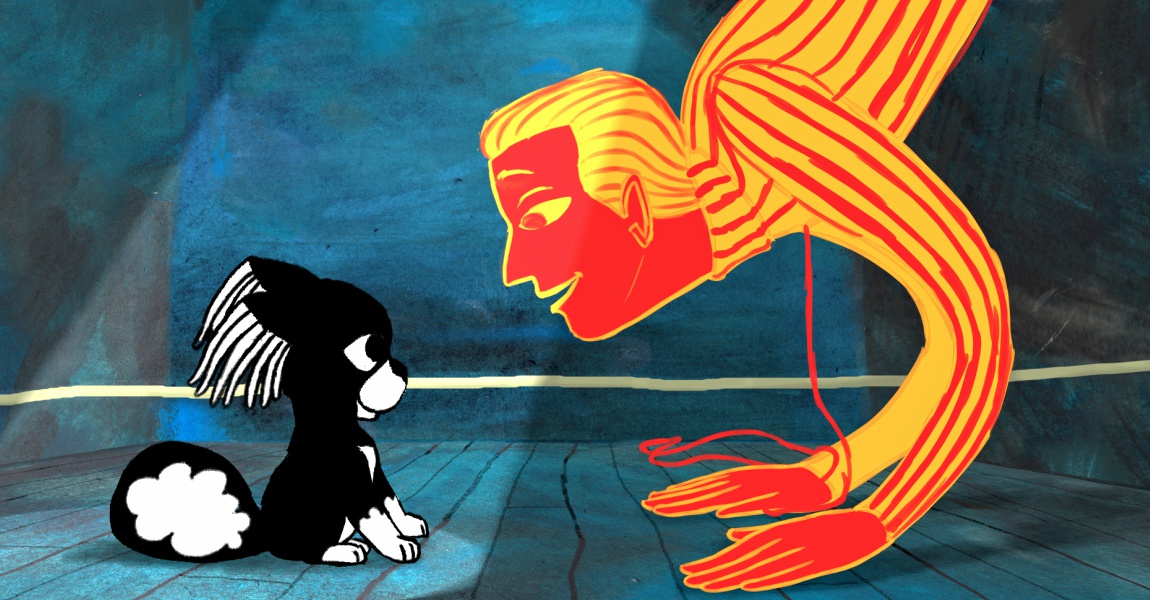
Reflecting on the meaning and philosophical implications of life for creatures who are not human, Manora’s Fantastic Tale, a French film from director Anca Damian, presents the tale of Marona, a dog, who having been owned by many, has both witnessed and lived many different lives.
At the end of her life, a dog named Marona reflects on the moments and figures that defined her life. Romanian animator and Belgian artist Brecht Evens adopt a vibrant palette and a kaleidoscopic sketchbook animation style to bring Marona’s tale to life. We follow Marona from her solitary beginnings as an abandoned pup, to her surreal life with an acrobat, a loving builder, and later, a family.
Unlike many animated films about dogs, Marona’s Fantastic Tale is unique in taking a dog’s life seriously; Marona’s story feels honest and authentic. An enduring sense of happiness and hope permeates the film, even in its saddest moments.
Marona’s Fantastic Tale locates the connectedness of all creatures through its dualistic exploration of happiness and heartbreak as central to all lived experience: “Everyone had the right to love.” With remarkable empathy, Marona’s Fantastic Tale presents a uniquely philosophical portrayal of another creature’s existence.
10. The Physics of Sorrow (2019)
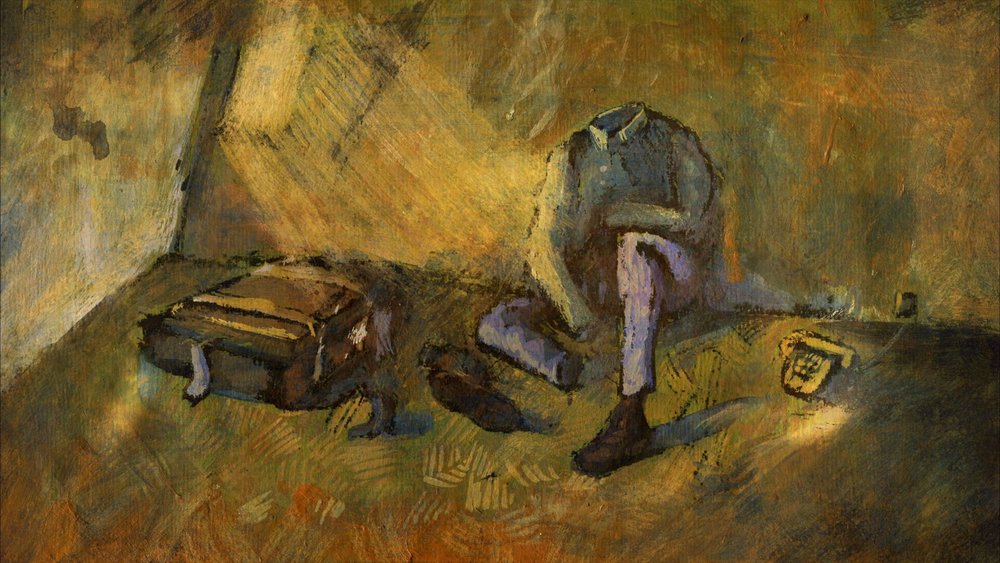
Theodore Ushev’s masterful reimagining of the novel by the same name from Bulgarian writer Georgi Gospodinov, brings us the first fully animated film to utilise the encaustic painting technique, a traditional painting method which involves the heating of wax to create physical images.
The Physics of Sorrow explores the meaning at the centre of life, its purpose and absence of purpose, through the narration of an unnamed man and his reveries of childhood and notable moments from his life. Blurring the boundaries of identity, the protagonist’s memories extend beyond his own to an intricate vision of himself as others, including a fruit fly and a cherry blossom, of which he vividly recalls the experience of dying as both.
As the title suggests, the film is intimately concerned with motifs of sorrow: the end of the world, lost love, goodbyes, darkness, shadows. Ushev’s exclusive palette of deep sepia tones, blues and blacks complements the films examination of sorrow and its defining qualities.
The first of its kind, The Physics of Sorrow is a masterful exploration of the nuances and “physics” of sorrow itself.